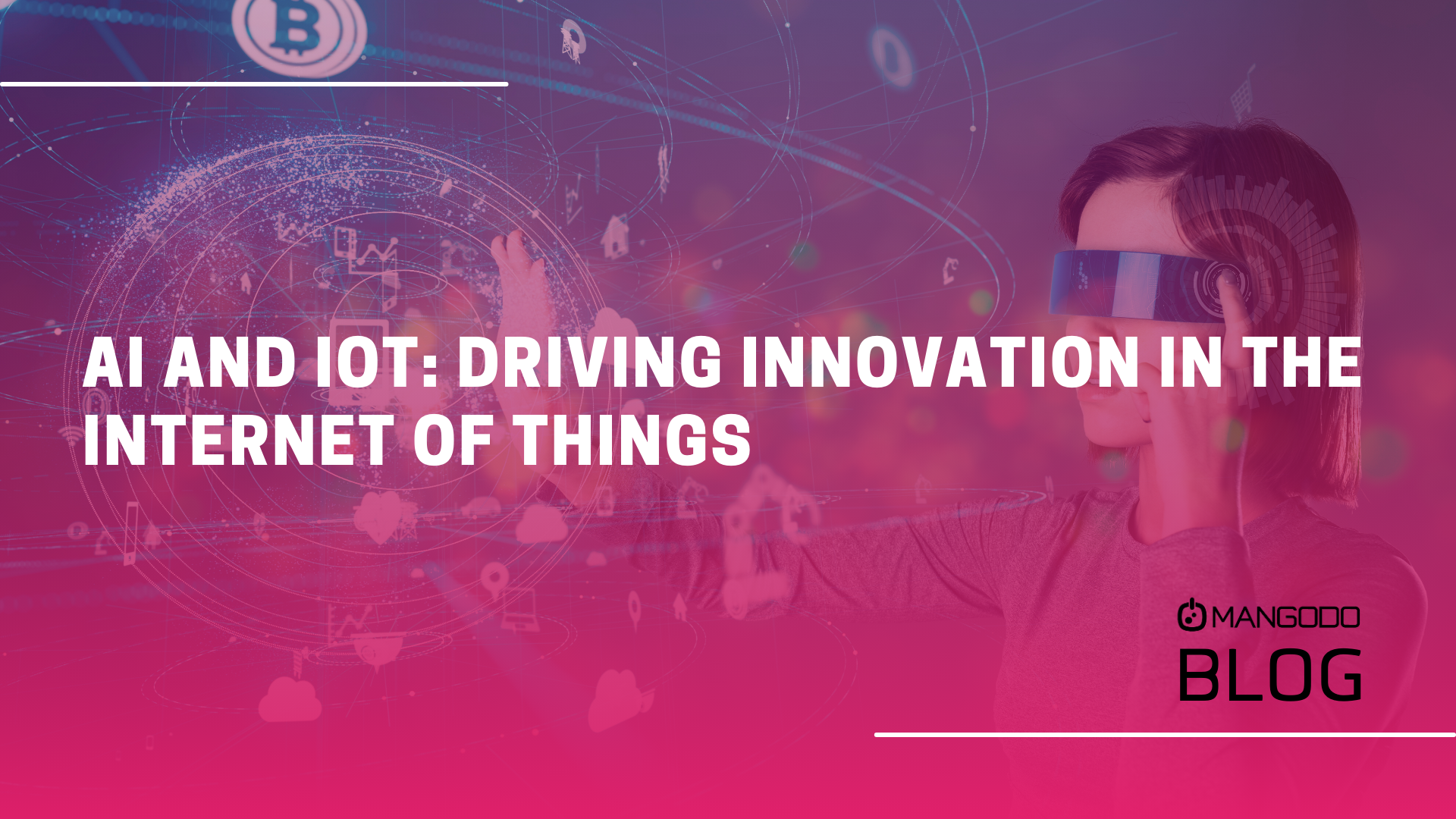AI and IoT: Driving Innovation in the Internet of Things
The fusion of Artificial Intelligence (AI) and the Internet of Things (IoT) is revolutionizing the way we interact with technology, opening doors to unprecedented opportunities for innovation and automation. In this blog post, we'll delve into the powerful synergy of AI and IoT, exploring how these two cutting-edge technologies are shaping the future of smart devices, industries, and our everyday lives.
Understanding the Internet of Things (IoT)
The Internet of Things refers to a network of interconnected physical devices and objects, such as sensors, appliances, vehicles, and machinery. These devices collect and exchange data, allowing them to communicate and perform various tasks autonomously, often with minimal human intervention. IoT has found applications in diverse fields, from smart homes and healthcare to agriculture and industrial manufacturing.
The Role of Artificial Intelligence (AI)
AI is the intelligence demonstrated by machines that mimic human cognitive functions, such as learning, problem-solving, and decision-making. When integrated with IoT, AI enhances the capabilities of IoT devices by enabling them to process and analyze vast amounts of data, adapt to changing circumstances, and make informed decisions. This amalgamation results in a more intelligent and responsive IoT ecosystem.
Ways AI Enhances IoT Innovation
-
Data Analytics and Insights:
AI-powered IoT devices can process and analyze the colossal volume of data they collect, extracting valuable insights and patterns that would be nearly impossible for humans to discern. These insights can drive smarter decision-making in various domains, such as predictive maintenance in manufacturing and healthcare diagnostics. -
Real-time Decision-Making:
AI enables IoT devices to make real-time decisions based on data analysis. For instance, in autonomous vehicles, AI processes data from sensors and cameras to make split-second decisions, ensuring safety and efficiency. -
Natural Language Processing (NLP):
The combination of IoT and AI has given rise to voice-activated smart assistants like Amazon's Alexa and Google Assistant. These devices use NLP to understand and respond to spoken commands, making smart homes more accessible and user-friendly. -
Enhanced Automation:
AI augments the automation capabilities of IoT devices, allowing them to perform complex tasks with minimal human intervention. This has applications in industrial automation, smart agriculture, and energy management. -
Security and Anomaly Detection:
AI-driven IoT systems can identify security threats and anomalies in real-time, offering a higher level of protection for connected devices and systems. This is particularly critical in applications like smart cities and critical infrastructure. -
Personalized Experiences:
AI can analyze user behavior and preferences to provide highly personalized experiences. In the retail industry, for instance, IoT devices can use AI to recommend products tailored to individual customers' interests.
Real-world Examples of AI and IoT Integration
-
Healthcare:
AI-powered wearables, such as smartwatches, can monitor users' vital signs and alert them to potential health issues. These devices can seamlessly integrate with healthcare providers to offer remote patient monitoring and early intervention. -
Agriculture:
AI and IoT are transforming agriculture with smart farming solutions. Sensors and drones collect data on soil conditions, weather, and crop health, while AI analyzes this data to optimize irrigation, fertilizer use, and pest control. -
Smart Cities:
In smart cities, AI-driven IoT devices help manage traffic, monitor air quality, and improve public safety. For example, predictive analytics can aid in traffic management, optimizing traffic signal timing based on real-time data.
The synergy of AI and IoT is driving innovation across industries and reshaping our daily lives. This dynamic combination enables devices to operate intelligently, make data-driven decisions, and adapt to changing circumstances. As AI continues to advance, and IoT devices become more ubiquitous, we can expect even more profound and transformative applications that will enhance efficiency, convenience, and the overall quality of life. The future of AI and IoT promises exciting possibilities, and it's an area ripe for exploration and innovation.
